UK Missing Persons Unit data shows that as of 2019/20 the Metropolitan Police force had 232 outstanding cases where a body or partial remains has been found but is still unidentified. Could the poignant objects found with these people be the key to reclaiming their names?
Most unidentified bodies found in London are recovered wearing basic clothing: jumpers, shirts, trousers, and trainers. Many are found with jewellery: watches, wedding rings and necklaces. Some are found with personal objects: purses, paintings, travel tickets, and medication. But all were people. These items are significant clues to their identities, yet the possessions are often disregarded as evidence in a flawed system that fails the loved ones who are left without answers.
Under the Coroners and Justice Act 2009, coroners have a duty to find a name for an unidentified body as part of their responsibility to public health. This is to establish if a death has any bearing on the public, or the cause of death could have been prevented.
However, even though identifying a body is a coroner’s role, they rely on the police to do the investigation. In most cases, if an unidentified individual was not the victim of a crime, the property they are found with does not get the same rigorous attention as it would in rape or murder offences as items are not being treated as evidence.
Dave Grimstead, co-founder of Locate International, a charity trying to help cases of unidentified bodies and missing people, explains: “After two years most forces would get rid of the property, which means if you need to make an identification you are relying on poor quality images that have not been photographed by a crime scene investigator as they would be in a murder inquiry.”
Police, therefore, tend only to record the possessions they consider distinctive or easily identifiable to the public. Generally, there is no easy mechanism for the police to take a copy of an image and upload it to a database, especially considering their lack of focus on the property.
Grimstead, a former police officer, adds: “We think there should be some sort of central repository each police force can store the items in. Each item could be an identity clue if examined correctly. The fact that somebody wore a specific brand of watch might trigger something identifiable in someone’s memory to investigate the case further than just a quick glance.”
Seeing someone’s story alongside their personal jewellery, or watch is more likely to jog your memory. People have an awareness of what wedding ring or shoes their relatives wear, and this important detail is not currently being recorded and leaves little hope for these historic cases.
“We believe that all property is potentially valuable for identification further down the line. It should be retained, photographed, and recorded in a digital archive. I think our goal is to find ways to support the police in creating this system,” says Grimstead.
Wembley Point Woman – The Oil Painting

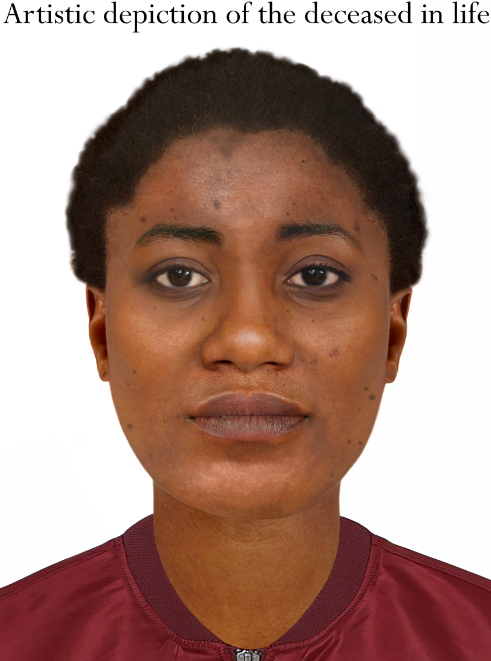
An oil painting 2ft x 1ft, a Guardian newspaper from October 29, 2004, a valid bus pass issued at Seven Sisters station, and a silver ring – these are the possessions found with the “Wembley Point Woman”. Four personal clues to identify the woman seen to jump from the 21st floor of a Wembley tower block on October 29, 2004, yet 18 years later there are still no answers.
On July 23, 2021, Locate International launched a social media appeal to try and identify the unique oil painting in her possession. So far, no further evidence has come forward.
The woman was wearing a maroon bomber zip-up jacket over a thin black polo neck jumper and a claret crew neck jumper. She also wore black tights, trousers and black Sketchers boots.
Great Oxendon Man – Jowissa Watch & Platform Boots

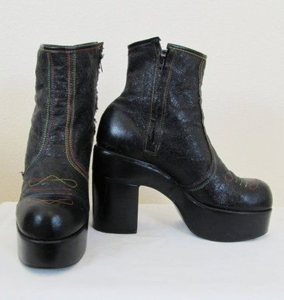
The “Great Oxendon Man”, a white European male with dark brown hair and brown eyes, was last seen on July 10, 1975, near Market Harborough. He was wearing a white band t-shirt, possibly merchandise from Knebworth Festival 1975, and a green t-shirt with a red band around the arms and neck. His trousers were brown with red and yellow stripes in a square pattern and he wore brown calf-length platform boots with black heels and a green toe band – similar to the pair pictured above.
In his possession was a distinctive Jowissa 17 Blue Face Calendar Watch, a variation of coins, three case keys, an English stamp, a blue biro, a steel comb with a broken handle, and a Stanley lino knife.
Locate discovered that an Irish man of a similar appearance gave the name “James Brennan” to police earlier that day, yet the man’s true identity remains unknown. Do you recognise these items?
Georgio & Katrina – ‘Ring of Mystery’
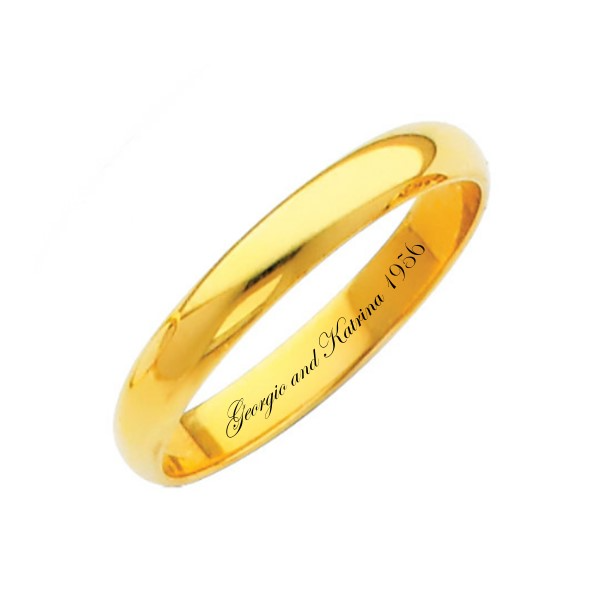
On February 21, 1979, the body of a white man between 40 and 60 years old was found on Porth Minick beach on St. Mary’s, the Isle of Scilly. He was dressed in a two-tone blue and white short-sleeved shirt with a woollen Eltex vest underneath. More memorably, he wore a gold band on the ring finger of his right hand, believed to be a wedding ring, transcribed inside with “Georgio and Katrina 1956.”
Locate believe the man to be a Greek seafarer missing from a ship disaster in the 1970s and hope to speak to anyone who had relatives on board these ships at the time. Georgio was buried forty years ago in a graveyard in Penzance, Cornwall, once identified using the “Ring of Mystery”, family members will have somewhere to visit and pay their respects.
Ballinamona Woman – Lee Jeans Badge
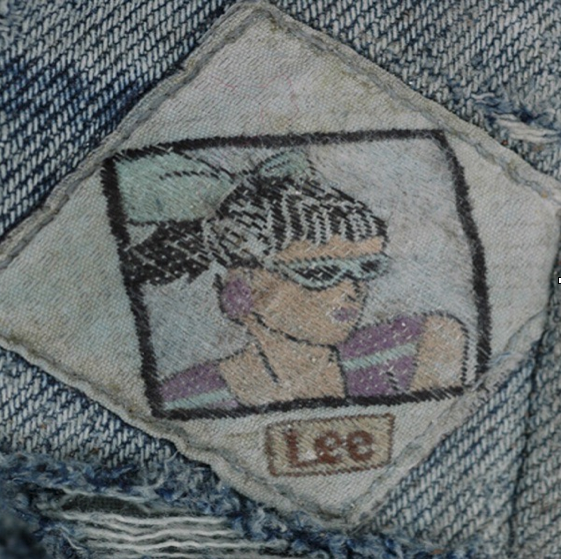
The Ballinamona Woman’s body washed up on Ballinamona Strand in Ireland on December 12, 1995. She wore Lee Jeans with a diamond badge of a woman in sunglasses, believed to be manufactured by “Rumour” in Belgium between 1986-87.
Two Volkswagen keys on a ball-shaped keyring were among her possessions and she wore laced brown flat-heeled shoes with a size 39 insole and four-star and “Made in France” written inside. Shockingly, no VW vehicle was ever found abandoned on the County Wexford Coast.
Twenty-seven years later her real name is still a mystery. The woman was buried at Crosstown Cemetery in May 1996 where she became known as the “Ballinamona Woman.”
Old Kent Road Woman – Wengen Sweatshirt

Over two decades ago on June 16, 1997, a member of the public found a woman’s body in a derelict house on Old Kent Road. The body was a 5ft 4 black woman with short black hair aged between 25 and 50 years old.
She wore “Easy” jeans, a green “Fashion Team” sweatshirt with “Wengen” “La Mode Des Montagnes’” written on the front and a size six shoe. Also in her possession was a “Tropical Zone’” white t-shirt in size medium with a yellow shoulder patch, a small white t-shirt with “Ravenstone Primary School” in red letters, a small blue ski jacket with green flashes on lapels and sleeves and two long grey socks. Twenty-five years on the woman is yet to be identified after avenues of investigation at Ravenstone Primary School hit a dead end.
The Gentleman – Striped Tie

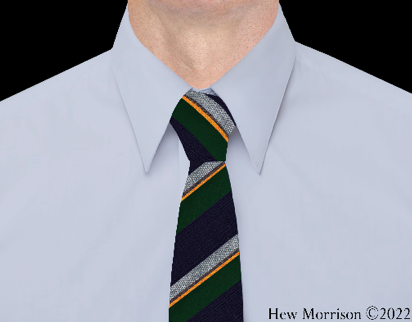
A police boat found a male body in the North Sea on July 11, 1994. The body’s injuries to the head and upper body were consistent with evidence of intentional harm. It was estimated that the man went missing between the end of 1993 and June 1994.
The man wore a memorable tie – dark blue with diagonal silver, brown, orange and green stripes – with size 11 black loafers made for the English shoe manufacturer Church & Co Ltd. These had been re-soled with Phillips soles and had replacement heels manufactured by Dinkie Heel PLC, Bristol, with the inscription I.T.S. Jubilee and a stylised crown.
“The Gentleman” was brought to Germany for the initial investigation and was later buried in the city of Wilhelmshaven.
Clifton Bridge Man – Passport Photo
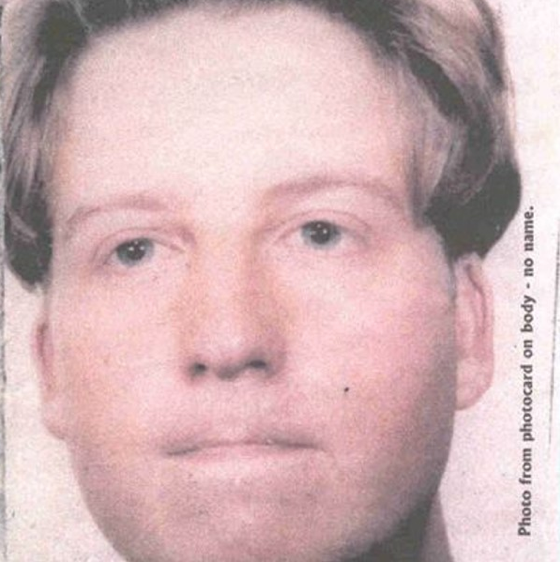
On May 19, 1996, a man’s body, white, 6ft tall and around 25-35 years old, was found on the bank of the River Avon in Somerset. He wore a black sweatshirt, blue “Lee Riders” jeans, and brown boots and it was widely believed that the man had fallen from the Clifton suspension bridge.
The man carried a range of personal items that indicate he may have been homeless and travelling cross-country, these include; a copy of Thomas Moores Utopia with no outer cover and “West Glamorgan County Council” on the front page, a paperback book of “The Greatest Batman Stories”, a Great Britain A-Z map, the Bible, silk cut cigarettes, and a black sleeping bag.
He also had a handwritten message on cardboard that read “sleeping rough, thank you”, a “Barclays” blank giro slip, red pennywhistle, £6.61 cash, and a passport size photo.
Locate International have searched all relevant police archives to trace the property of the “Clifton Bridge Man” but can find no evidence of his belongings anywhere other than the passport size photo above.
If any of these belongings have triggered your memory, contact Locate International at info@locate.international.